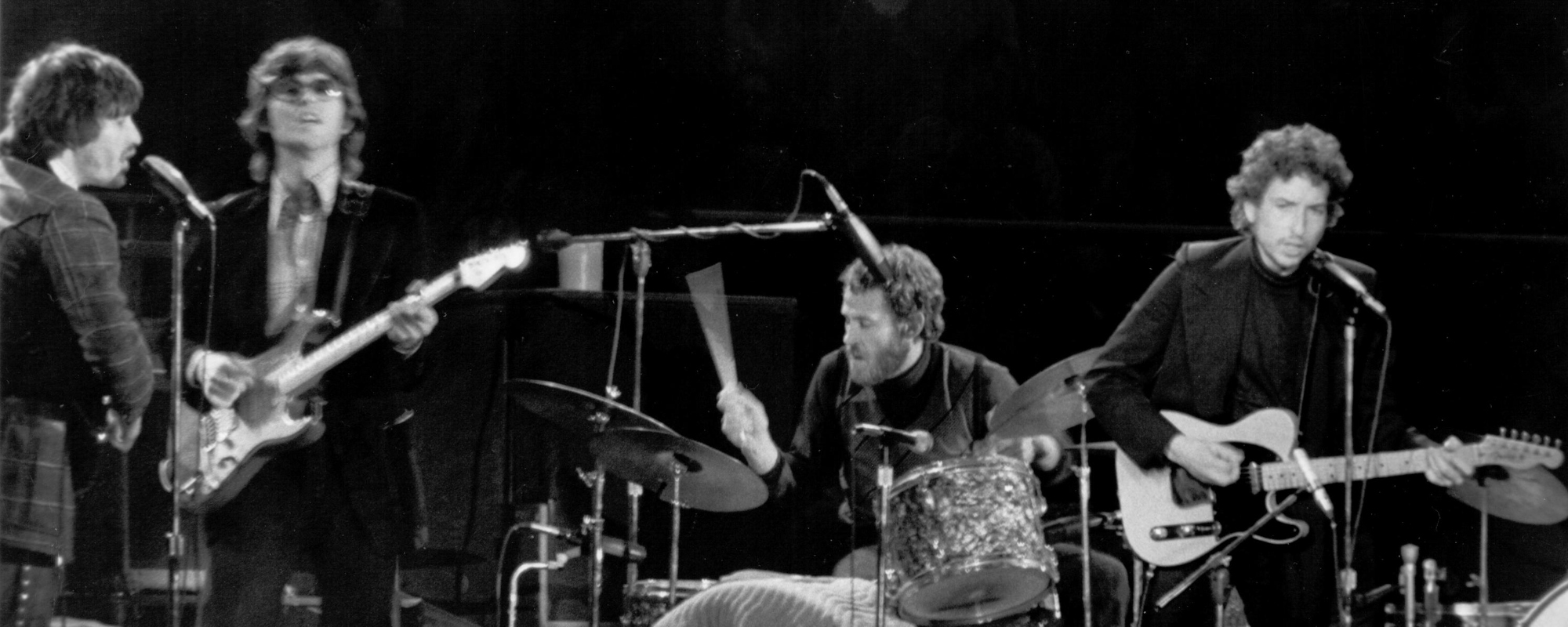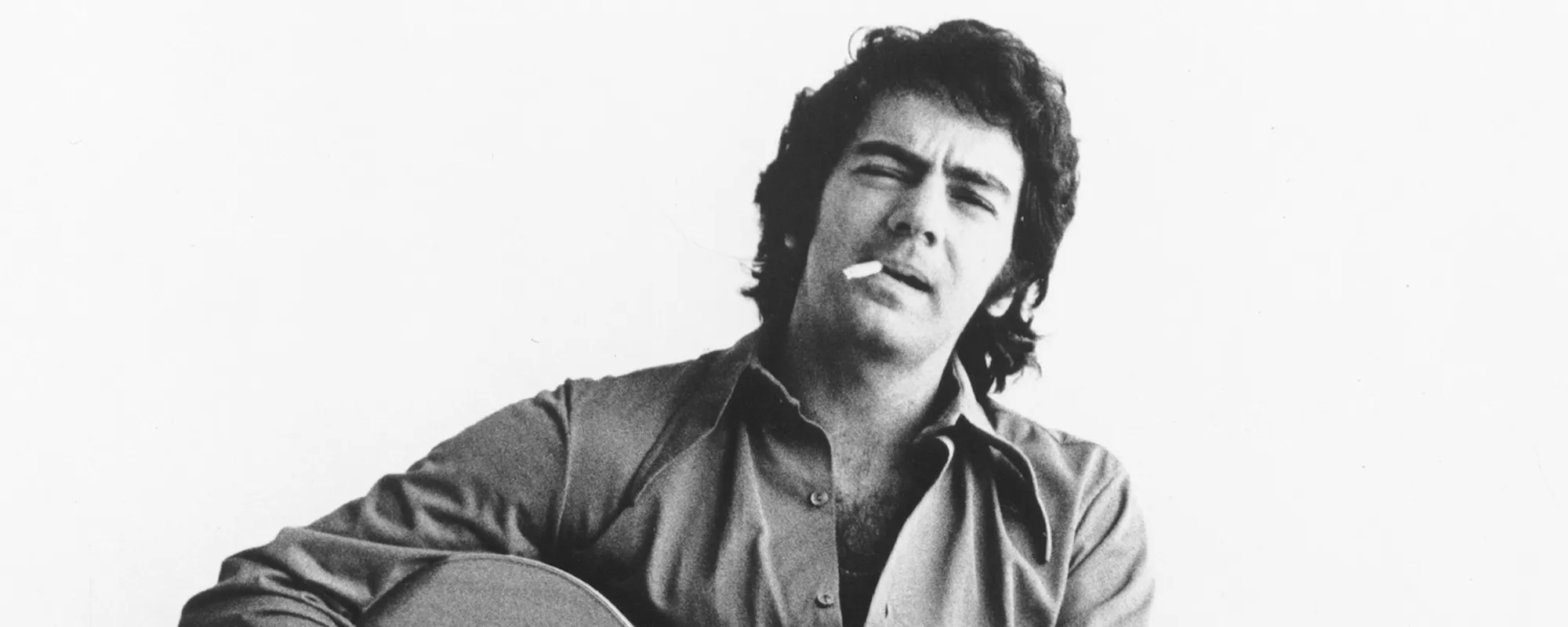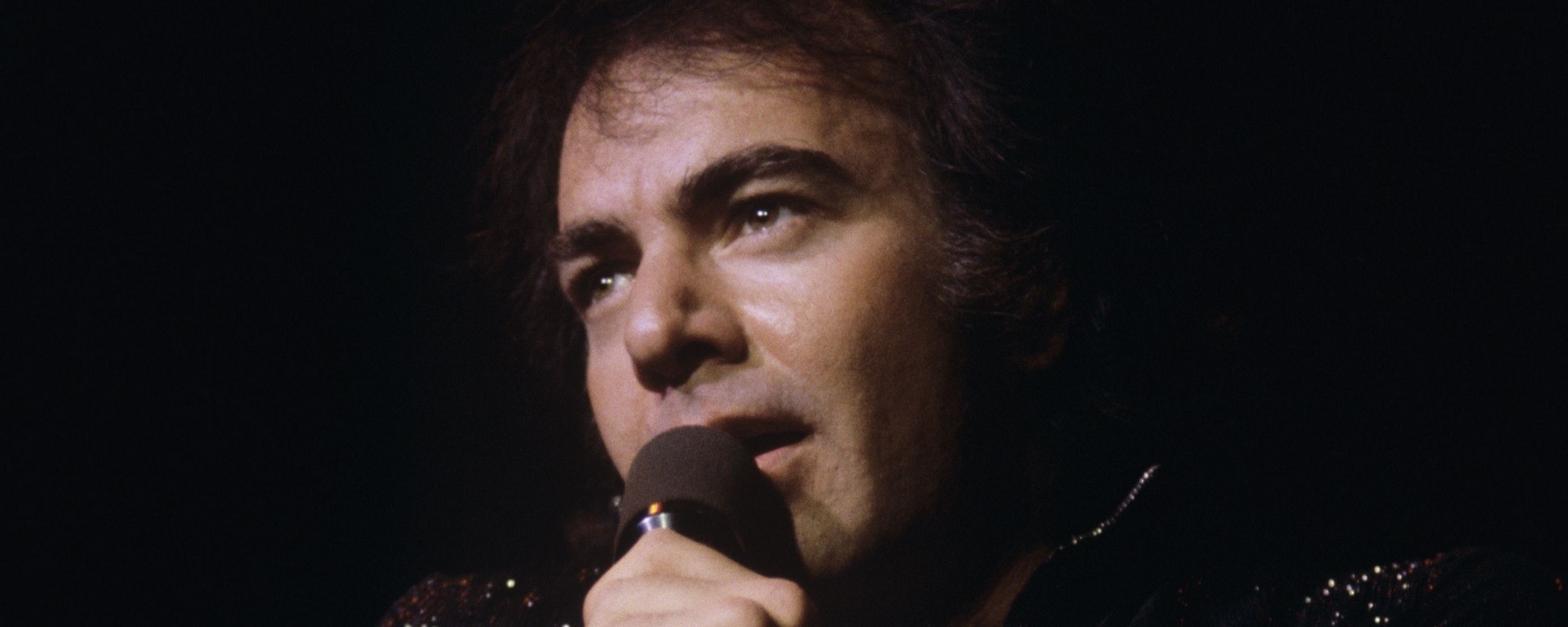After releasing “Cherry Cherry” in 1966, Neil Diamond had his first big hit, reaching No. 6 on the Billboard Hot 100. Along with his debut single “Solitary Man,” which would fare better on the charts when it was rereleased in 1970, “Cherry Cherry” caught the ear of The Monkees‘ producers.
“Because of that hit, the people who were producing The Monkees called and said, ‘We like ‘Cherry, Cherry.’ Do you have any other songs?’” recalled Diamond. “I said, ‘Well, I don’t have anything like “Cherry, Cherry,” but I have an album coming out soon, and I’ll send it over, and take your pick.’”
Within his batch of songs, the Monkees recorded “I’m a Believer,” which became the biggest-selling single in 1967, and went on to record three more of Diamond’s songs within the next two years. But the group’s third album, Headquarters, in 1967, the Monkees were moving away from recording songs provided by Brill Building writers and writing their own.
Videos by American Songwriter

By this time, Diamond’s collaboration with the Monkees had already set him off as a successful songwriter, with Lulu hitting No. 6 hit in the UK in 1967, with his “The Boat That I Row,” and Deep Purple getting their first charting single in the U.S. (No. 38 on the Billboard Hot 100) with “Kentucky Woman.”
In 1970, Elvis Presley also covered “Sweet Caroline.” Waylon Jennings even gave it a go in 1977, while Frank Sinatra took on “Song Sung Blue” in 1974, and hundreds of other artists have covered Diamond’s songs over the decades.
Here’s a look back at the early collaboration that helped set Diamond’s career off as a songwriter and the four songs that he wrote for the Monkees between 1966 and 1967.
[RELATED: The 1982 Hit Neil Diamond Wrote After Watching ‘E.T.’]
“I’m a Believer” (1966)
Written by Neil Diamond
The Monkees’ second album, More of the Monkees, from 1967, was their second consecutive No. 1 release and remained in that spot on the chart for 18 weeks, bolstered by their second single “I’m a Believer.” Initially, Diamond wanted “I’m a Believer” for himself and was even thinking of turning it into a country song for Eddy Arnold to record before the Monkees’ music supervisor, Don Kirshner, convinced him to give it to the group first.
Diamond still recorded “I’m a Believer” for his 1967 album, Just For You. He later revisited it with some new lyrics, on his 1979 album September Morn, and rerecorded it as a duet with Linda Ronstadt for their performance on The Glen Campbell Goodtime Hour in 1970.
I thought love was only true in fairy tales
Meant for someone else but not for me
Ah, love was out to get me
That’s the way it seemed
Disappointment haunted all my dreams
Then I saw her face, now I’m a believer
Not a trace of doubt in my mind
I’m in love
I’m a believer, I couldn’t leave her if I tried
I thought love was more or less a given thing
Seems the more I gave, the less I got
What’s the use in tryin’?
All you get is pain
When I needed sunshine, I got rain
Though the Monkees’ version was ultimately a bigger hit than Diamond’s rendition, it didn’t bother him much. “I had to pay the rent, and the Monkees were selling records, and I wasn’t being paid for my records,” Diamond told Mojo in 2008. “I was thrilled because, at heart, I was still a songwriter and I wanted my songs on the charts.”
“Look Out (Here Comes Tomorrow)” (1967)
Written by Neil Diamond
Diamond’s second contribution to more of the Monkees was “Look Out (Here Comes Tomorrow).” Recorded in New York City, “Look Out (Here Comes Tomorrow)’ was never released as a single, but Diamond did play acoustic guitar on the Monkees’ 1967 recording.
Look out, here comes tomorrow
That’s when I’ll have to choose
How I wish I could borrow
Someone else’s shoes
Mary, oh, what a sweet girl
Lips like strawberry pie
Sandra, the long hair and pigtails
Can’t make up my mind
I see all kinds of sorrow
Wish I only loved one
Look out, here comes tomorrow
“A Little Bit Me, a Little Bit You” (1967)
Written by Neil Diamond
Released as a single on March 8, 1967, with the B-side, “The Girl I Knew Somewhere,” by the Monkees’ Michael Nesmith, Diamond’s “A Little Bit Me, a Little Bit You” was another hit for the group, reaching No. 2 on the Billboard Hot 100. Unlike “I’m a Believer,” Diamond never recorded his version of “A Little Bit Me, a Little Bit You,” but he did provide backing vocals on the Monkees’ recording. The song was later covered by Donny Osmond in 1971 and by the Specials in 1996.
Walk out, girl, don’t you walk out
We’ve got things to say
Talk out, let’s have it talked out
And things will be okay
Girl, I don’t want to fight
I’m a little bit wrong
You’re a little bit right
I said girl, you know that it’s true
It’s a little bit me (A little bit me)
It’s a little bit you, too
Don’t know just what I said wrong
But girl, I apologize
Don’t go, here’s where you belong
So wipe the tears from your eyes
“Love to Love” (Recorded in 1967; first released in 1982)
Written by Neil Diamond
The Monkees originally recorded Diamond’s “Love to Love” in 1967 for their third album, Headquarters, but it never made the cut. In 1969, the Monkees rerecorded with Davy Jones’ vocals for the group’s eighth album, The Monkees Present. Again, it didn’t get on the album but later made its way onto several compilations in the decades to follow, including Monkee Business (1982), followed by the group’s 1991 box set Listen to the Band, Missing Links Volume Three (1996), and again on the 2016 release Good Times!
Love’s a thing that needs one to thrive on
Then it grows
At least that’s what I’ve been told
You can’t love someone
If you find that all you get in return
A heart that’s cold
They say you need love to love
You gotta have love to love
They all say it works that way
But if it’s true
Why do I love you?
Why do I love you?
Seems like you keep trying to break me
You do things designed just to make me cry
And I’ve heard if warm lips don’t touch you
Love won’t grow no matter how much you try
Photo: Neil Diamond with acoustic guitar, circa 1970. (Michael Ochs Archives/Getty Images)













Leave a Reply
Only members can comment. Become a member. Already a member? Log in.